Notes
David Degner in Cairo: The Revolution Continues
Two months after Hosni Mubarak’s resignation, revolutionary and counter-revolutionary events continue in Egypt, but now it is getting hard to distinguish which is which. When Mubarak stepped down, the Egyptian military stepped in.
The army is now fighting to hold public support as protesters keep pressure on the interim government to make painful reforms. Crowds returned to Tahrir Square last Friday with two clear demands: put Mubarek on trial, and oust Field Marshall Hussein Tantawi, Mubarak’s former defense minister and current head of the ruling military council.
It was one of the largest crowds to converge on the square since the Revolution, and the most important people in attendance were a few junior officers who disobeyed direct orders and joined the protesters in denouncing Tantawi.
During the day there were only minor scuffles, and the army mainly stayed out of the square. But at 3 am, they moved into Tahrir with force, arresting protesters and capturing some of the rebellious officers.
I stepped out of my house into a side street off Talaat Harb, saw fleeing people, and heard gunfire. I saw one of the junior officers being escorted to safety near me as a line of military officers blocked off both sides of Talaat Harb Street, one of the main roads leading into Tahrir Square. About a hundred demonstrators quickly erected barriers and lit trash on fire while the sound of heavy gunfire rang through the streets for more than two hours.
According to official reports, the military was mainly firing blanks into the air and only two people were killed, but other observers expect the real number to be higher.
In the morning, protesters and commuters returned to Tahrir Square. A few army vehicles were lit on fire and new barriers were erected at the entrances. The few hundred protesters remaining were trying to reignite the spirit of the revolution.
But there was little public outcry. They stayed in the square, waiting to be made martyrs and re-spark enthusiasm, but after two quiet nights their numbers dwindled and they were eventually pushed out in a coordinated move by the army, police and agents in civilian clothes.
The military won the square, but its public support is wavering as the economy stagnates and ties between the army command and the old regime get highlighted. In response, the government moved to comply with the protesters first demand, imprisoning Mubarak, so they won’t have to comply with the second demand, de-throning Tantawi.
The night of April 9th I learned a few things: If photographers aren’t present, the story doesn’t exist — or at least it is much harder to pin down. Two months ago every day in Tahrir was meticulously recorded by hundreds of photographers and every government move was critiqued. This time, I was one of the few photographers alongside a few videographers. There weren’t many impartial witnesses on the streets and the facts are all up for debate.
While I was in the street one of the protesters recognized me. We met last on the front lines of Ajdabiya, Libya where he was holding an AK-47 and waiting to fight Qadaffi loyalists. Violence continues to swirl through the Middle East.
–David Degner
PHOTOGRAPHS by DAVID DEGNER
To see entire BagNews series on Egypt and Libya: Middle-East Uprising 2011
Previous post: Ghosts of Suez and Srebrenica
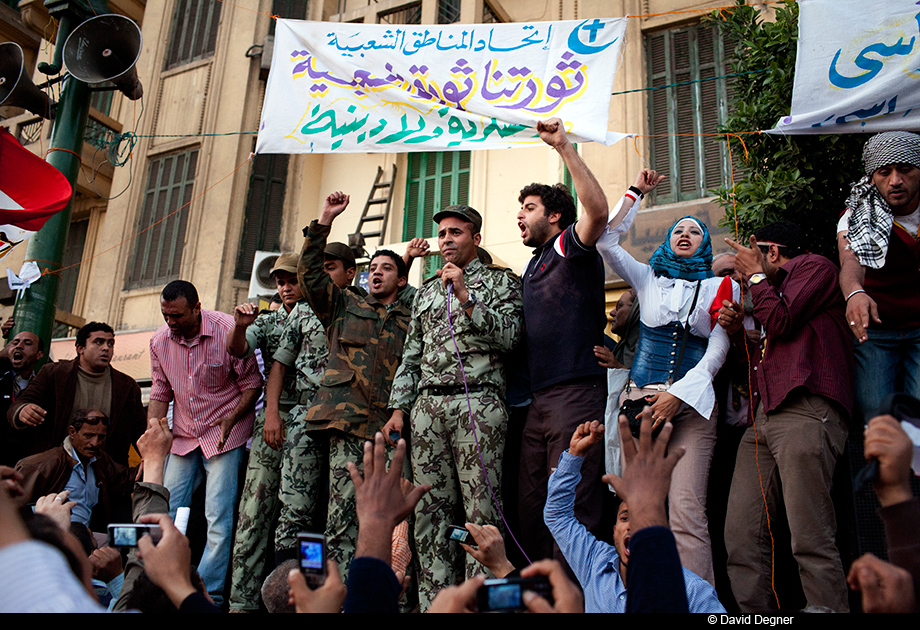
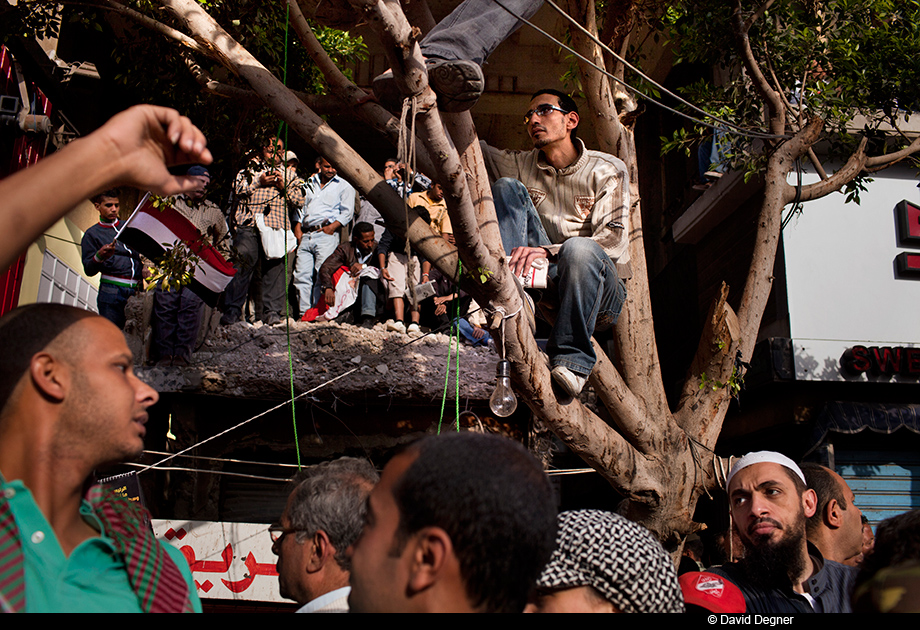
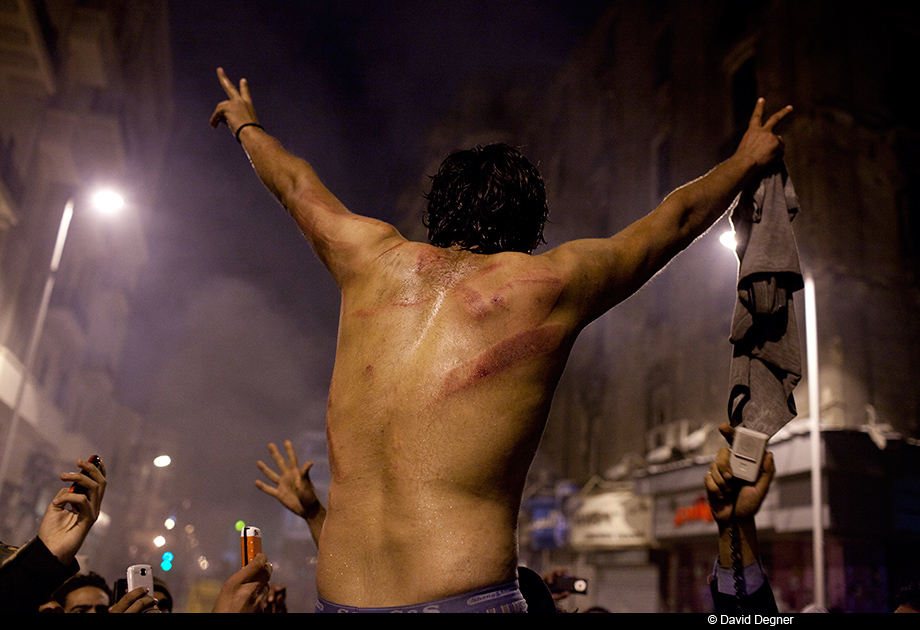
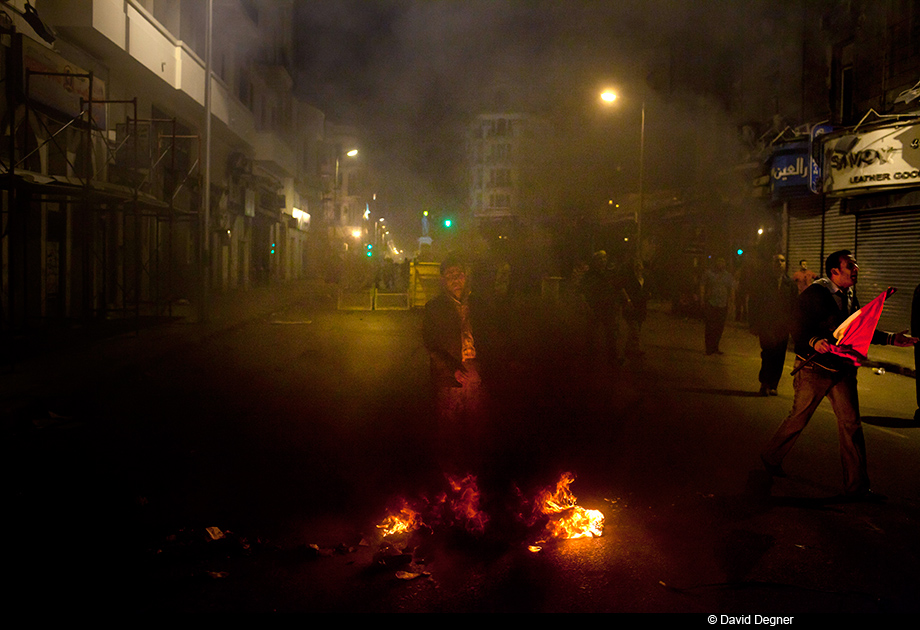
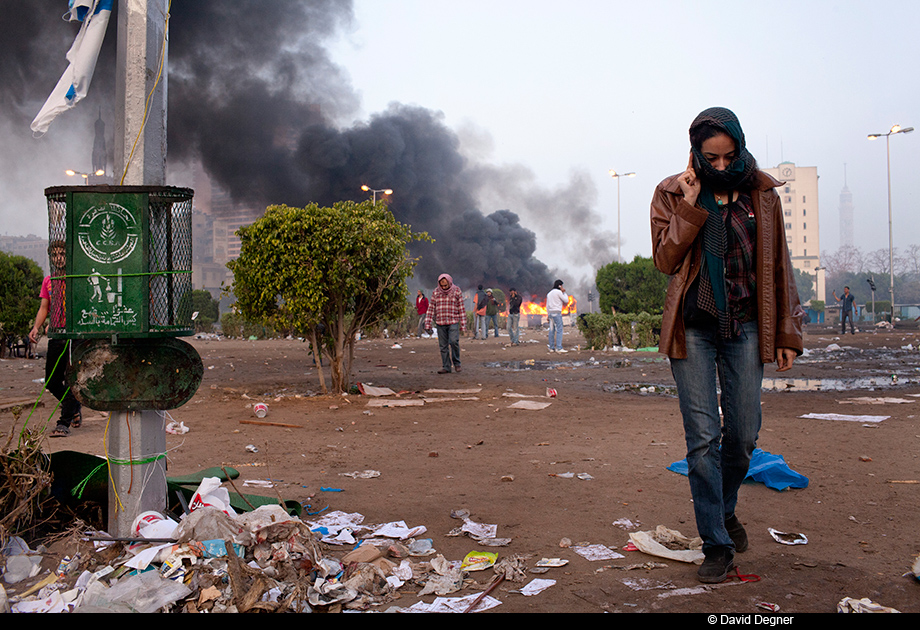
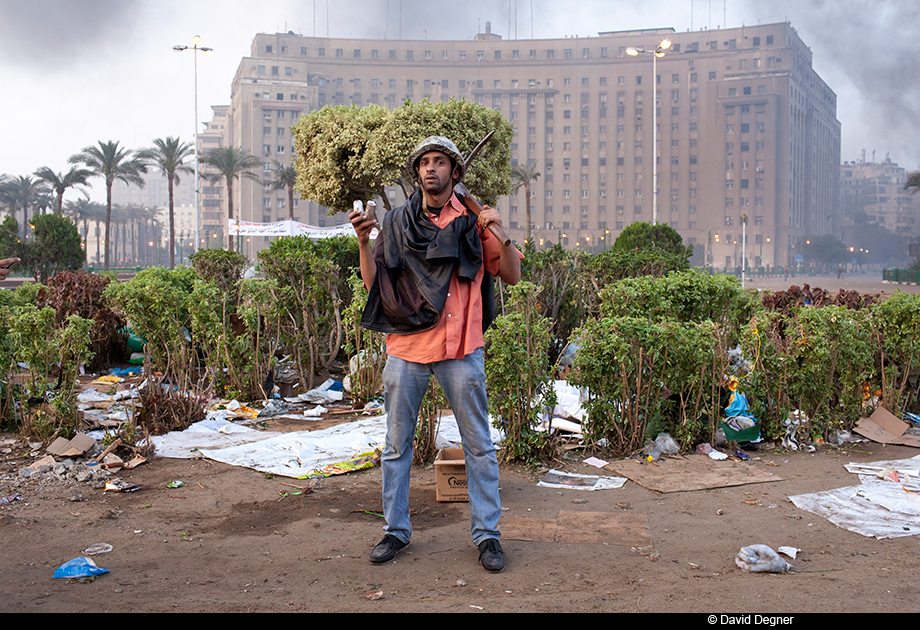
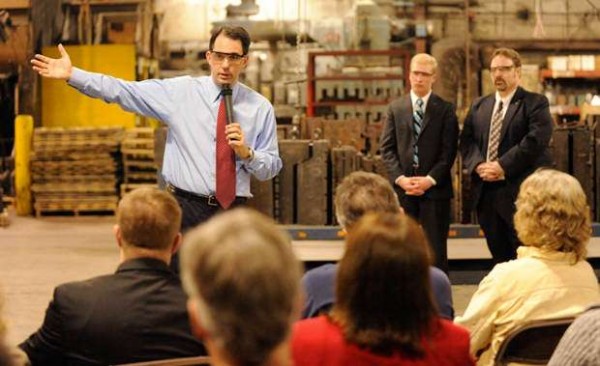
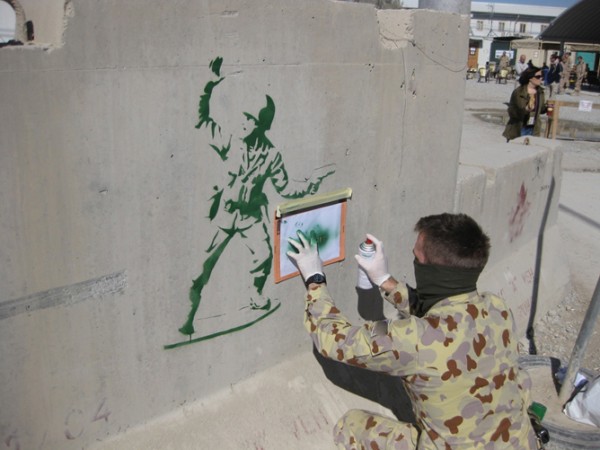
Reactions
Comments Powered by Disqus